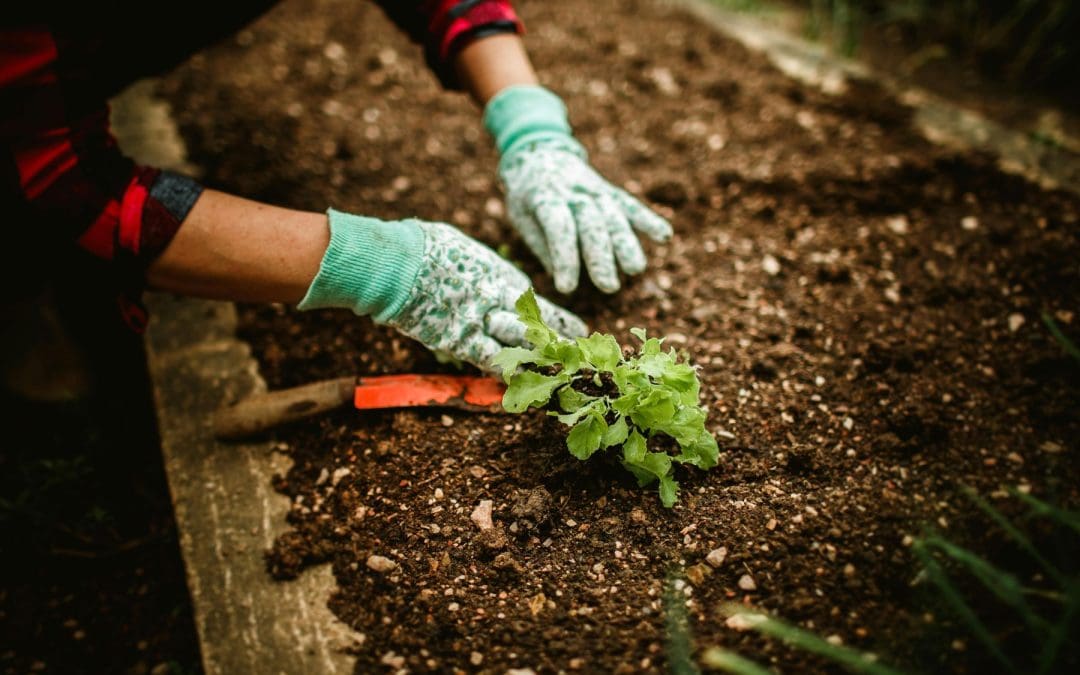Growing a Fall Garden: Planning Your Fall Harvest
Growing a fall garden doesn’t have to be complicated. For many regions, the transition from summer’s scorching sun to the mild temperatures of fall signals the perfect planting window. This article will show you how to successfully transition your space, time your planting perfectly against your first frost date, and choose the cool-weather crops that will thrive. Let’s make this your most productive and satisfying gardening season yet.
Choosing the Right Crops for Cooler Days
The fall garden is dominated by two main categories: cool-season vegetables that thrive in the mild temperatures and crops that prefer the soil warmth but mature quickly enough to beat the frost.
The first category includes the leafy greens. Spinach, lettuce (especially ‘Romaine’ and ‘Butterhead’ varieties), Swiss chard, and kale are all superstars of the autumn garden. They germinate easily, grow quickly, and often taste sweeter after a touch of frost. Direct-sow these seeds thinly and keep the soil consistently moist until they sprout.
Next up are the root vegetables. Radishes are the absolute quickest and can be sown in succession every two weeks for a continuous harvest. Carrots and beets also do exceptionally well, benefiting from the fine, loose soil prepared earlier. Ensure your soil is free of rocks and debris so your roots can grow straight and unhindered.
The brassicas—broccoli, cauliflower, and cabbage—are the real workhorses of the cool-season garden. These often require a head start, so look for transplants at your local nursery or start them indoors about 6–8 weeks before your target transplant date. They need consistent moisture and a good, rich soil to form their signature heads. The flavor of homegrown, fall-harvested broccoli is simply unmatched.
Finally, consider garlic. While you won’t harvest it until the following summer, fall is the ideal time to plant individual cloves. Plant them root-side down about two inches deep and cover with a thick layer of straw or mulch for winter protection.
Essential Fall Garden Care
The cooler temperatures and shorter days bring a welcome shift in maintenance. You won’t be watering daily, but you must still monitor the moisture level, especially during dry spells. Deep, infrequent watering encourages strong root growth.
Fertilizing in the fall should focus on nitrogen, which promotes leafy growth—perfect for your greens and brassicas. A balanced, organic liquid fertilizer applied every few weeks is a simple and effective approach.
Pest and disease pressure generally lessens in the fall, but don’t become complacent. Slugs and snails can be a nuisance, especially with young seedlings and tender lettuce leaves. Use organic methods like hand-picking, placing small beer traps, or applying iron phosphate pellets to protect your harvest. Keep the garden tidy, removing any diseased leaves or spent plants to minimize hiding places for pests.
The final and most crucial step is to be ready for the unexpected. Have row covers or floating fabric ready to deploy when the first light frost threatens. A sudden drop in temperature is common, and a simple blanket or sheet can often buy you a few extra weeks of harvesting time, allowing those nearly-ready heads of cabbage or broccoli to fully mature. Embracing the fall garden is about enjoying the shift in seasons and celebrating a second, wonderful growing opportunity.
Growing a Fall Garden: Frequently Asked Questions
When should I plant my fall garden?
Planting times vary based on your local climate, but a general rule is to start planting fall crops 8–10 weeks before your area’s average first frost date. For many, this falls between late July and late August.
What is the easiest crop to grow in the fall?
Radishes are arguably the easiest. They mature very quickly (often in 3-4 weeks) and are highly tolerant of cooler temperatures. Spinach and leaf lettuce are close seconds.
Do I need to fertilize my fall garden?
Yes, though your fertilizer needs may change. Focus on nitrogen-rich fertilizers to support the leafy growth of greens, kale, and cabbage. Compost tea or a balanced liquid organic fertilizer applied every few weeks is beneficial.
What is a hard frost, and how does it affect my plants?
A hard frost is when the temperature drops below 28°F for several hours, causing water inside plant cells to freeze and typically killing most annual vegetables. A “light frost” (down to 32°F) usually only damages tender leaves but can be tolerated by many cool-season crops.
Can I plant flowers for the fall?
Absolutely. Mums, pansies, and ornamental kale are classic fall flowers, providing color until a hard freeze hits. You can also sow hardy annuals like calendula and snapdragons in the fall for blooms that emerge the following spring.
First Impression Home Inspections offers inspections in the Shenandoah Valley. If you’re buying a home, contact us to request an appointment.

